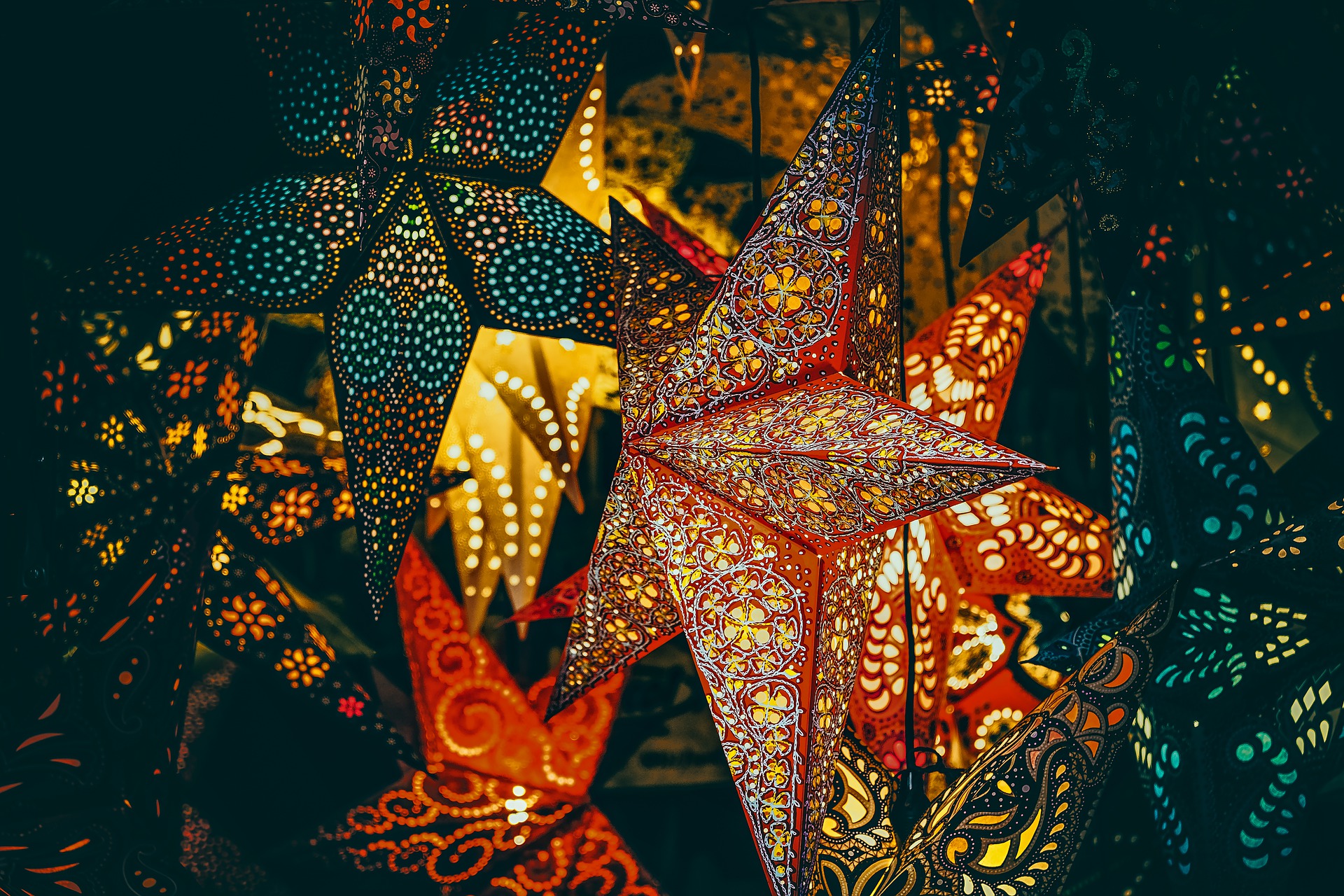
Christmas around the Globe
How many times have you already listened to “All I want for Christmas is you”? How many Christmas movies have you watched yet? How many presents have you already prepared? Or are you procrastinating as much as you do while “studying”? No judging, I belong to this group too. But apart from the little “present-problem”, the Christmas spirit fully got me. The city looks stunning with all its decorations and cute, cosy coffee places, the university put out some Christmas trees and the canals sparkle from all the little lights. But putting aside our shared love for Christmas, one thing I’ve noticed over the past few weeks is that, depending on where we are coming from, we all celebrate very differently. To learn about these differences, I’ve talked to students from different countries about their personal Christmas customs. So let me take you on a little tour around the globe, lean back and enjoy the spirit of Christmas!
Netherlands: Fijne Sinterklaas!
As you probably know, in the Netherlands the main celebration is not Christmas, but Sinterklaas, which is on the 5th of December. It is mainly a festivity for children, but everyone still enjoys it. Traditions usually start a few weeks before the 5th: pepernoten and chocoladeletters can be found in any store or street corner and parents tease their children with stories about why Sinterklaas might not be able to make it this year. This of course stresses all the kids out because how are they supposed to get presents now? Long story short, in the end, he always makes it. But who is Sinterklaas actually? Sinterklaas is based on the historical figure of Saint Nicholas who was a Greek bishop in present-day Turkey around the year 300. But just like other elderly before, he decided at some point to move to Spain. Since then, he comes every year by boat all the way from Spain to bring presents for the Dutch children. Funny fact: The Spanish do not know about that. As the children get older and stop believing in the existence of Sinterklaas, gifts are usually exchanged within the family. This is mostly done by Secret Santa and also includes something creative, such as a poem. Secret Santa might by the way also be the perfect idea to celebrate Christmas with your friends!
Greece: Καλά Χριστούγεννα!
Each year on Christmas, children go from house to house to sing Christmas carols (in Greek: kalanta). Usually, they get a small amount of money and cookies which are either Kourabiedes, sugar-coated cookies, or Melomakarona, honey cookies. On the 25th, they open the presents in the morning and have a family dinner in the evening, where they usually eat pork or turkey and special Christmas bread. After dinner, one either plays gambling games or goes out to party. Rather unusual: While most people decorate a tree for Christmas, the Greek do not hesitate to decorate a small boat instead.
France: Joyeux Noël!
In France, one celebrates Christmas either on the evening of the 24th or the morning of the 25th, most families follow the smart path and do both. We all know that the French love their food, so it doesn’t even surprise me that their Christmas dinner takes at least four hours. It often includes foie gras (duck paté), oysters, lots of cheese, lots of wine, and a “bûche de noël”, which is basically a fancy roulee cake that looks like a Christmas tree trunk. Christian families usually visit the church on the evening of the 24th for a night mess and put a “crèche” in their house, a representation of the nativity scene. These are not removed before the holiday “Chandeleur” on the 2nd of February, which somehow also became the national day to make crêpes. As I’ve said, the French and their food is a love none of us will probably ever feel.
Poland: Wesołych Świąt!
In Poland, the whole family comes together for a dinner, which is not less impressive than the French one. Many families wait until the first star appears in the sky before dinner starts. Traditionally, they have 12 dishes which always have to be exactly the same ones for every family, every year. During the dinner, there is always an additional set of plates and cutleries on the table because their tradition calls for having this “free” spot for anyone in need that could come to your house during Christmas. Something else you can find on the table: hay. This rather unusual Christmas decoration definitely confused me, but hey, it surely fits our student budget.
After this Christmassy trip through the Netherlands, Greece, France and Poland, we slowly head back to Groningen. But no worries, next weekend we will continue our holiday exhibition. We are about to leave Europe and I can’t wait to tell you about the traditions Colombia, South Africa, and co. provide.
Written by Elli Winetsdorfer